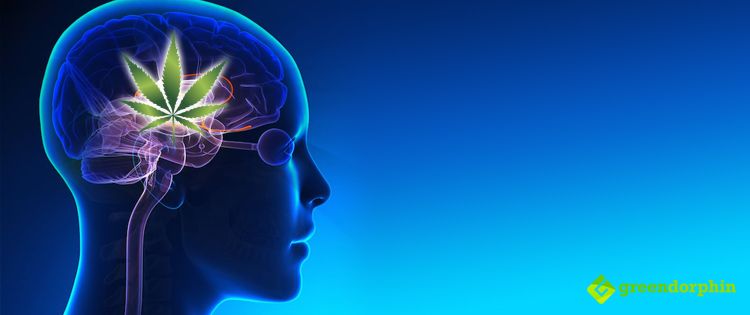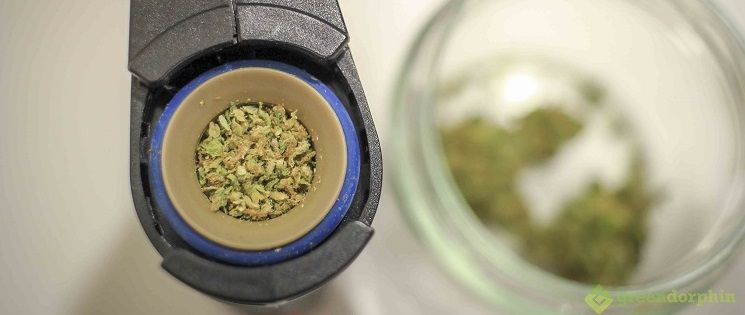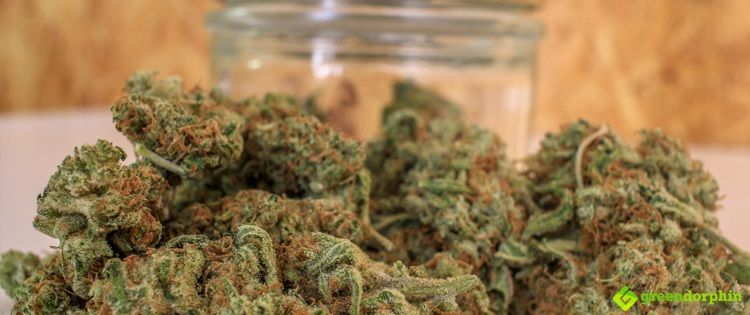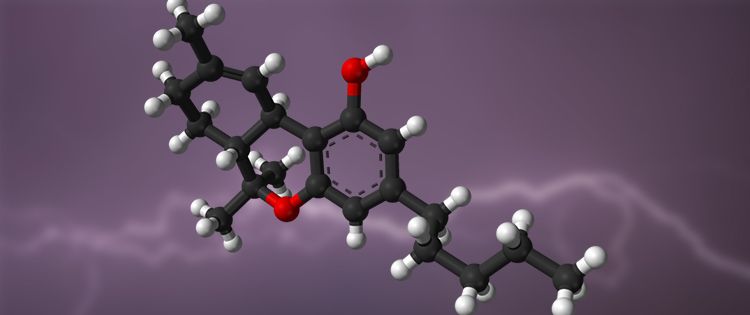Delta 9 Tetrahydrocannabinol (or THC) is the main psychoactive element of cannabis. The compound is one of many dozens of cannabinoids found in the cannabis plant, although at this point, by far the best known and most studied. Delta 8 THC is the less potent cousin of Delta 9.
Female cannabis plants contain at least 113 cannabinoids – most of which have not been studied at all – either independently or in conjunction with THC. The research that has been done on cannabinoid interaction so far seems to suggest that Cannabidiol (CBD), the second-best-known cannabinoid, has a moderating impact on the psychoactive impact of THC.
THC impacts cannabinoid receptors found in the brain and body in many different ways. In the brain, THC stimulates brain cells to release dopamine, which has euphoric effects. It can cause relaxation, both anxiety and anxiety relief, psychomotor impairment and freedom and pain relief.
THC is produced and found mostly near the reproductive areas of the cannabis plant.
Once consumed, it can be detected in blood, urine, hair, saliva, and sweat.
History

While cannabis, including THC, has been used medically for thousands of years in many regions of the world, the 20th Century will go down in history as the century when the drug was largely stigmatized if not criminalized.
THC was first “discovered” in the West at least, in 1964 thanks to the work of Israeli researcher Raphael Mechoulam at the Weizmann Institute of Science. Since 1986, despite the hysteria of the drug war, there have been repeated attempts to downgrade the strict regulations surrounding both medical and recreational use of the drug. Synthetic THC – known by its generic name as the drug Dronabinol, was rescheduled in the United States in 2010.
Germany has just become the first country in the world to completely reschedule cannabis, including THC, to a Schedule III.
In April 2014, just five months after Colorado began its recreational market, the American Academy of Neurology published a systematic review of the efficacy and safety of marijuana in neurological conditions.

To date, no country has engaged in systematic, government-supported research of the medical and longer-term impact of cannabinoid and THC specific use. That is likely to change in the near future as national sovereign drug regulations change with the advent of legalization globally.
Medical Impact
THC is considered a “neuroprotectant.” It can protect brain cells from damage caused by inflammation and stress. It can relieve pain and muscle spasticity. It can also promote the growth of new brain cells via neurogenesis.
It also has noted anti-inflammatory impacts.
Since the beginning of the century, the medical impact of marijuana, starting with THC, has become a global phenomenon. Most of this is because of the ability of the drug to treat medical conditions better than existing “conventional” medications.
The compound requires the application of heat to release its properties. Until heat is applied to the raw plant, THC exists as a compound known as THCa (or tetrahydrocannabinolic acid). THCa is not psychoactive, which is why users do not get “high” by eating the raw and untreated plant. THCa possesses some of the same therapeutic benefits of THC but not all of them. THCa is converted to THC through a process called decarboxylation when exposed to high temperatures.

Short and Longer-Term Effects
When smoked, the effects of THC are felt almost instantaneously and last for up to three hours. These effects will vary depending on the strength and amount of marijuana consumed. If eaten, the effects of the drug will usually kick in within two hours of consumption and last as long as five to eight hours.
While ongoing use creates “tolerance” – requiring users to use more of the substance to feel the same “high”. This is only a temporary phenomenon that reverts after only a few days of abstinence.
Is THC the Only “Useful” Cannabinoid?
The answer to that question is no. Because of the Drug War and existing regulations in most countries, the extensive questions on how cannabinoids impact the body. Not to mention how they interact with each other as well as other compounds in the plant are still widely not understood.
However, at this juncture, one thing is clear. Cannabis’ greatest impact comes not just from individual cannabinoid compounds found in the plant but how they, along with terpenes and flavonoids interact. This is called the entourage effect of cannabis.

This is one of the many reasons that synthetic cannabis (like dronabinol for example) does not work the same way, or as effectively medically, as medicines based on the “whole plant.”
However, as research is now beginning to illustrate and show, THC is only one cannabinoid from the plant that interacts with the complex endocannabinoid system of the human body – or the multitude of receptors found in both the brain and in many other organs.
The endocannabinoid system itself is fast becoming considered kind of a “master switch” of regulatory systems within the human body. THC, in effect, may, in fact, be a kind of “master key” for the same.
Watch Cannabinoid Clinician, Dr John Teh explaining how the most common cannabinoids, THC and CBD work in our body and what conditions they might be used for:
And if you want to learn more about the terpenes and the entourage effect of cannabis make sure to check out the below short videos:
Watch out for our upcoming posts on the other marijuana cannabinoids.
For comments and suggestions, let us know in the comments below.
- Guenter Weiglein – The Persevering Patient - July 7, 2017
- Dr Peace – A German Cannabis Doctor On The Go - July 5, 2017
- The German Marijuana Edibles Market - July 3, 2017


